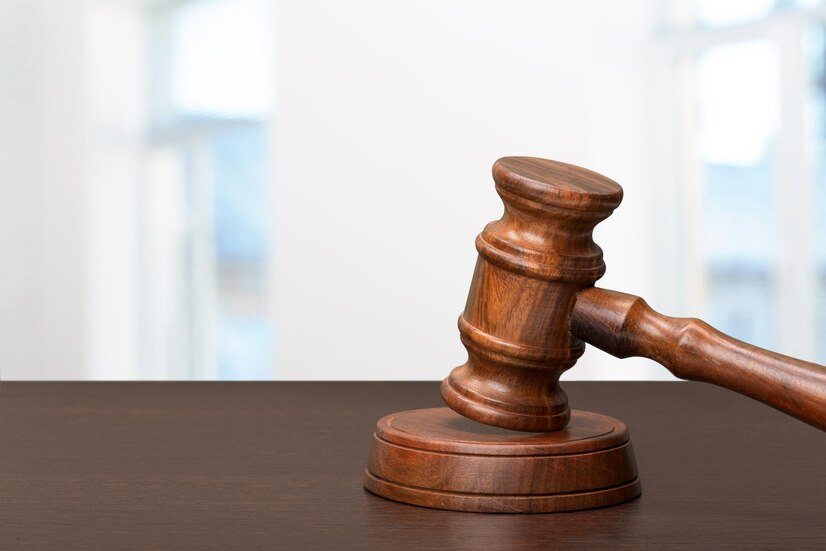
06 Nov
34
Exploring Criminal Law: Upholding Justice and Ensuring Public Safety
Introduction
- Introduce criminal law as the area focused on maintaining law and order, holding individuals accountable for actions harmful to society.
What is Criminal Law?
- Define criminal law as laws dealing with offenses against the state or society.
- Explain its primary objective: to punish offenders and deter future crimes.
Types of Crimes in Criminal Law
- Felonies: Serious crimes like murder, assault, and drug trafficking, usually carrying severe penalties.
- Misdemeanors: Less severe crimes like petty theft and minor assaults, often resulting in fines or short-term imprisonment.
- Infractions: Minor violations such as traffic tickets or public nuisance offenses.
Criminal Law Process
- Investigation and Arrest: Police gather evidence and make an arrest if sufficient grounds exist.
- Charges and Arraignment: Formal charges are filed, and the defendant appears in court to hear them.
- Trial Process: Prosecutors present evidence, and the defense may refute it, followed by a judge or jury decision.
- Sentencing and Appeals: If found guilty, the court issues sentencing, and the defendant has the right to appeal.
Punishments in Criminal Law
- Different punishments based on crime severity: imprisonment, fines, probation, or community service.
- The goal of punishment: deterrence, retribution, rehabilitation, and protection of society.
Role of Criminal Defense Lawyers
- How a defense lawyer helps protect defendants’ rights, ensure fair treatment, and provide strong representation in court.
Conclusion
- Emphasize criminal law’s role in maintaining social order, protecting citizens, and balancing justice with fair treatment.
